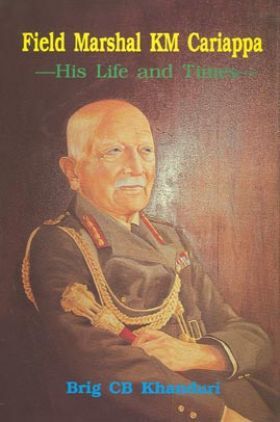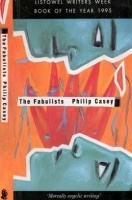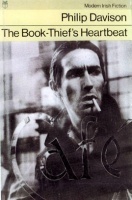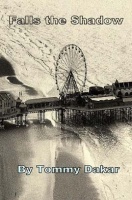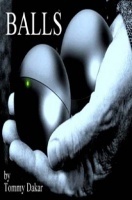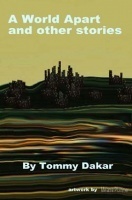Field Marshal KM Cariappa: His life And Times by Brig CB Khanduri
Book Summary:
Field Marshal K. M. Cariappa: His Life and Times narrates, for the first time, the full story of the life and times of India’s first Commander-in-Chief, a soldier and a diplomat and above all. a patriot. Coming immediately after his death at the age of 93, this assiduously researched biography gives a total insight into his life and deeds that have immortalised him.
Cariappa’s life has been a fascinating compound of character, luck and circumstances. His meteoric rise from 1947 to the pinnacle enabled him to frame the Indian Army - and other services - into his mould of tenacity and resilience.
The book, devotes itself adequately to episodes of his one-mancrusade to let the Armed Forces remain undivided for the duration of the Partition in 1947, when everyone was bent on doing so. Aspersion was cast freely on his political ambition at that time. As C-in-C his skirmish with the politically supported bureaucracy to safeguard the dignity of his office had repercussions on civilmilitary relations but he steadfastly stuck to his position. Hearing Nehru say that “the Chinese will safeguard the northern border and that, he as C-in-C should worry about J&K and Pakistan,” shook him and he could see how removed the leader was from strategic reality.
Audience of the Book :
This book Useful for Leisure Read.
Table of Contents:
1. Early Life: A Humble Beginning
2. The Beginning of a Legend
3. The Staff And The Order of the British Empire on the Japanese Front
4. The Bannu Frontier Brigade: Grounding in Higher Command
5. The Environment of Transformation
6. Grooming for Higher Responsibilities
7. The Indian Army on Trial
8. The Legend of Cariappa: the Commander-in-Chief
9. A Soldier Diplomat
10. Ex-Servicemen: Their Welfare
11. A Failed Experiment
12. Wisdom of Two-Nations Theory
13. Blundering Politics of Nation Building
14. Erosion and Restoration
15. A Belated Recogniti
16. The Noble Cariappa : A Niche in Immortality
17. Epilogue
18. Something More
19. Selected Bibliogra
20. End Notes
Index

